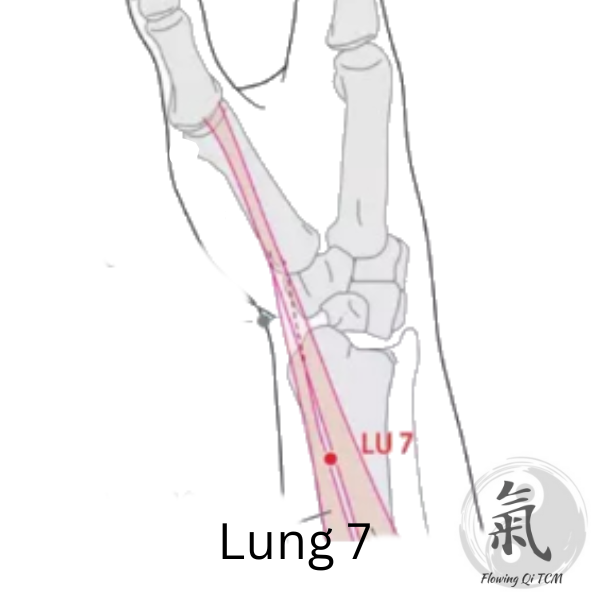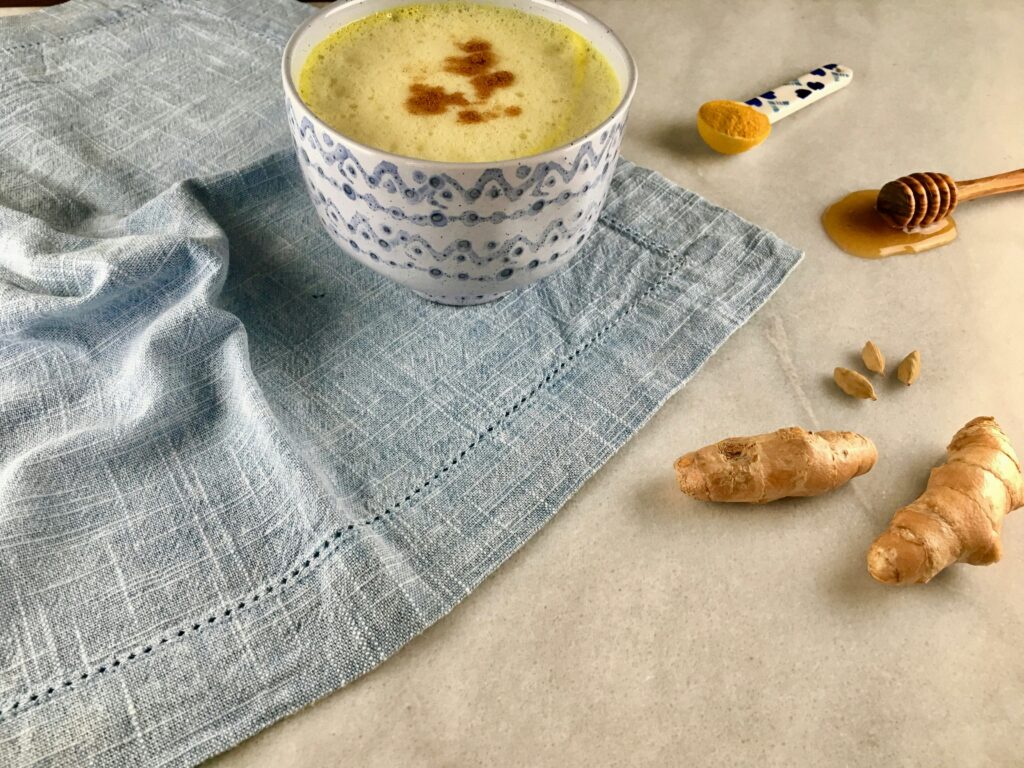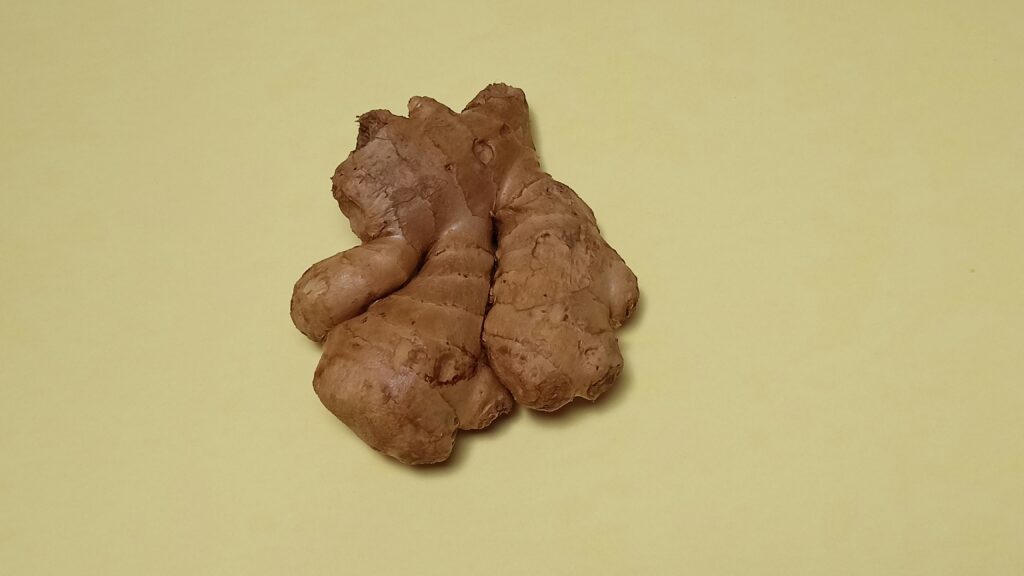Sinus infection is quite an annoying illness, your nose is stuffed, headaches won’t go away, mucus keeps coming out of your nose, and you can’t seem to be able to smell.
Well, worry not because you are about to learn how to use Chinese Medicine for sinus infections which you can do at home.
You will go from knowing which acupuncture points for sinusitis to use, to a set of lifestyle and behavioral tools you can use to ease the course of the illness and get rid of your sinus infection. So, let’s get into it.
If you are looking to use Chinese medicine for your sinus infection you must use a combination of Acupuncture points like: Large Intestine 4, Yintang, Stomach 36, Large Intestine 20, and Taiyang, mixed with rinsing the sinuses using saline solution/warm water, and a herbal tea made of Ginger, turmeric, and cinnamon twig. You need to do an all.around approach to treating your sinusitis using Chinese Medicine at home for the best results.
Now let’s geek about Sinusitis and how to use TCM for it.
Table of Contents
Quick Overview of Sinusitis
Sinus Infection or Sinusitis is the inflammation of the Paranasal Sinuses caused by a local infection, most often a bacterial infection. Inside your head and in your skull, some bones have holes and cavities. They are called pneumatic bones (pneuma is Greek for air), and those cavities are called the paranasal sinuses.

These sinuses help in many functions like
- Immunity of the upper respiratory tract: the mucous membranes of the paranasal sinuses are rich in Mucose-associated lymphoid tissue (MALT).
- Warming and moistening of the air.
- Mucus production helps in the immunity and the capturing of foreign particles.
The air flow in your sinuses is also the reason why the voice you think you have is different from the one people hear or you hear while listening to your recorded voice.
When these sinuses are infected they experience inflammation causing sinusitis.
The symptoms of Sinus Infection are:
- Stuffed runny nose.
- Pulsing headaches in the front of the head that worsens when you bend forward.
- Mucous secretion coming out of your nose.
- Can occur with fever and sweating.

How TCM sees sinusitis
In Traditional Chinese Medicine, sinusitis is seen as an aggression by external wind combined with cold or heat. If the secretions coming out of the nose are clear, there is no sweating, mild fever, or no fever at all then it is caused by cold, and if the secretions are yellow or greenish, there is sweating, fever, and thirst then it means there is heat.
Bacterial infections are the most common ones and in TCM they almost always produce Heat.
The Lung, according to the TCM theory of the Zhang-Fu, also contains the whole respiratory tract which includes the throat, the nasal cavity, and the paranasal sinuses. According to the Five Elements theory, the Lung belongs to the Metal element which is in charge of securing the limits, this helps us understand why then the Lung also includes the skin.

Your body’s protective Qi (Wei Qi) is the most deeply related to the Lung Qi, sometimes the Lung Yang is also referred to as the Wei Qi, and it circulates through your skin protecting it from the External Pathogenic Factors.
Sinusitis is an invasion of Wind + Cold/Heat to the Lungs.
The treatment is aimed at dispelling the external Pathogenic factors: dispelling wind, and getting rid of the Heat or Cold. And also to reinforce the Lungs.
Let’s see now how to use Chinese Medicine for Sinus Infection.
Chinese Medicine for Sinus Infection
When dealing with any disease in Traditional Chinese Medicine, we will use an all-around approach which will include Acupuncture or Acupressure in your case, Herbal medicine and diet therapy, as well as lifestyle changes including self-massaging and Qi Gong.
This will ensure a compounding effect of all the treatment methods for better results.
Chinese Medicine for Sinus Infection: Acupuncture Points for Sinusitis
The selection of Acupuncture points for Sinusitis will depend on the treatment goals: getting rid of the external factors, reinforcing the Lung, and Strengthening the Protective Qi.


- Large Intestine 20: Located in the nasolabial groove, at the level of the midpoint of the external edge of the wings of the nose. It is a great point for treating stuffed noses.
- Yintang: Located between the eyebrows, this point is often referred to as the “third eye”. It helps clear the nose from clogging and treats headaches.
- Large Intestine 4: Located on the back of your hand, in the area between your thumb and index finger, in the middle of the metacarpal bone of your index finger on its radial side. This one helps get rid of the Heat and is an important point used to treat upper body problems.
- Gallbladder 20: Located in the nape, below the occipital bone, in a depression between the occipital and the mastoid process. Helps clear wind, treat headaches, and get rid of the Heat.
- Lung 7: It is located on the lateral edge of the radius bone 1.5 cun superior to the wrist crease. It is a point used to strengthen the Lungs.
- Stomach 36: Located in your leg, three cun below the kneecap and one cun lateral to the tip of the tibia. You can find it by placing your hand over your knee so that your wrist lays on the upper edge of the kneecap, placing your ring finger on the tip of the tibia, and relaxing your fingers, Stomach 36 is located where your ring finger lies. This point has been shown to increase the phagocytic capacities of neutrophils making them more effective at eating the bacteria. It is also called ‘The Point of the Two Hundred Prescriptions’ because of its immense versatility.
- Taiyang: It is located on the temple following a straight line from the edge of your eyes, in the depression formed in that area. This is a main point in the treatment of headaches.


How to stimulate the points: Press firmly and rub them for three minutes. Three times a day.
Great! Now you know which Acupressure points for sinusitis to use next time. Now let’s see what herbs you can use to get rid of sinusitis.
Many of these Acupuncture points are also featured in my FREE Acupuncture Guide to solving Everyday Illnesses at home.
Click Here to grab the Guide.
Chinese Medicine for Sinus Infection: Herbal medicine and Diet therapy
Here is a list of different herbs you can use along with some diet guidelines for you to follow:
- Ginger: Strengthens the Lungs and helps dispel wind. Strengthens your Qi and Yang. You can make an infusion or use it in your food.
- Turmeric: Its spicy flavor energizes the Lung network. Use it as an ingredient in your food.
- Pepper: Same as turmeric.
- Avoid raw foods as they tend to cool your body in case your sinusitis is caused by a cold.
- Avoid excessive sweets and sugar as they create dampness and phlegm making it more difficult to get rid of the secretions.
- Eat warming stews and bone broth: they will nurture your Kidney Essence and also your Yang which in turn will help fight the infection better.
- Ginseng tonic: it energizes your whole body, tonifies your Qi, and boosts your immune function.
- Cinnamon twig infusion: mobilizes phlegm and boosts your Lung’s function.


Select two to three herbs and add them to your daily menu for as long as the treatment lasts. For better results aim to use one in your meals and one as an infusion which you will take three times a day. Use little to no sugar.
For even better results, mix turmeric with black pepper as they complement each other strengthening the other’s function.
Chinese Medicine for Sinus Infection: Lifestyle modifications
For even better results, here are some behavioral tools you can use to skyrocket your recovery and healing.
- Rinsing your sinuses: Get yourself a nose rinsing bottle and some saline solution. Rinse your nostrils two times a day. It mobilizes the secretions and takes them out of your sinuses. Keeping this as a regular practice even when you are not ill will help you get rid of foreign particles. You can find good options on Amazon.
- Massaging the Lung Channel: This is based on the theory behind the Tuina massage. By massaging the Lung channel in the direction of the energy flow you will be tonifying it. Start on your chest close to your shoulder, make a hollow palm, and tap your chest and the front of your shoulder, then move on to the front of your arm over your biceps, then the front of your forearm until you reach the palm of your hand. You will feel a buzzing sensation, that is the flow of Qi being simulated. Do it on both sides.
- Self-massage the Back Lung Shu points: The Back Shu points are a series of points that are energy hubs of each Zhang-Fu organ. Look at them as master controlling points for each organ that is located in the back. The Lung Shu points are located on your upper back in the Bladder channel, between the scapulas (shoulder blades). To self-massage them, squeeze your scapulas trying to make them touch each other, do this 8 times three times a day to further energize your Lungs.
So that’s it. Now you have the knowledge to treat a Sinus infection using Chinese Medicine. While I’m sure you are not looking forward to your next sinusitis you can still apply this knowledge by helping someone else. Or you can just send them this guide for them to do it themselves.
See you in the next post!



0 Comments